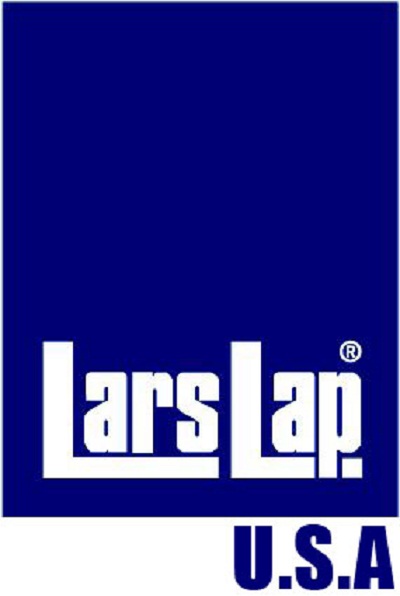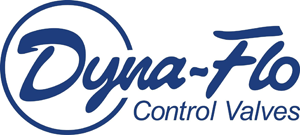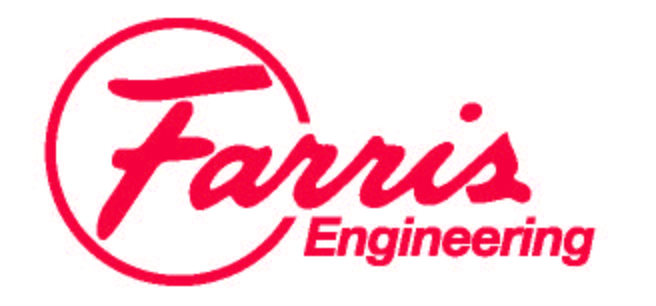Evaluating the Environment for a Reach Rod System (RVA)
Remote Valve Actuators (RVA Systems) or Reach Rods can range from being indoors in a clean, dry environment to submerged underwater to outdoor conditions where the equipment may experience drastic temperature swings, weather, and natural phenomena. Knowing what environment the equipment has to operate in is equally important as the torque/length.

Seismic Qualification
The uniflex type RVA system has undergone physical seismic qualification and can be qualified for use in seismic applications using applicability reports. When seismic requirements are in play, this should be the first option considered. If the application is short distance or low torque, then a direct flex can be explored and qualified for use via analysis and applicability reports. Rigid rod can also be used in these installations, but care must be taken to assure proper support and is typically not recommended. It is recommended to stay 18” or below on handwheel diameter for seismic applications.
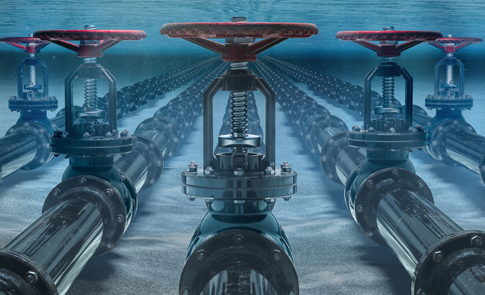
Submerged Use/Outdoor/Wet
In these conditions, stainless steel materials are going to be the major influencing decision. The uniflex system is stainless and also has submerged testing on record. This is the ideal candidate when these conditions exist. The direct-flex type RVA systems offer some stainless options, but it is common to require custom interface components to complete a system in these conditions. Rigid rod and universal joints will need to be custom (from DG) as well as modified gearboxes to have keys in order for its use in these applications. In some cases, the customer may elect to have regular steel components which they will need to paint and protect periodically and will be expected to corrode in these conditions. Often, painting has to be done after assembly and installation for the connections to fit together.

Temperature
When conditions are near a heat source, steel or stainless steel components must be selected and sometimes seals may be omitted/removed at installation.
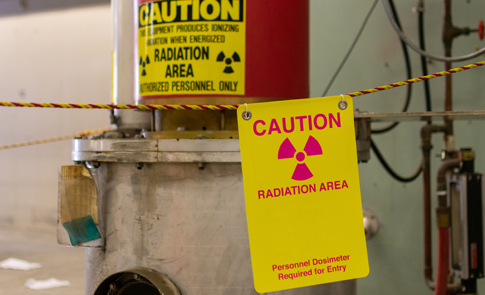
Radiation
In most applications involving some levels of radiation, uniflex, direct-flex, and rigid rod systems will all be able to function. Systems with plastic covering should be avoided in this instance. When possible, buna-“n” seals should be avoided and replaced with viton. When radiation levels are extreme, rigid rod with universal joints may be the best option as there are no seals that could deteriorate.
Contact us today to discuss your next project.
Quality Program
Dupill Group is committed to delivering products and services of an extremely high quality while growing our customer base in an effective and efficient manner. We satisfy all customer, 10CFR Part 21/10CFR50 Appendix B, ASME NQA-1, 10CFR830.122 Subpart A, and DOE Order 414.1D requirements as well as ISO 9001:2015 compliant and continually improve our processes to maintain total customer satisfaction and loyalty.


